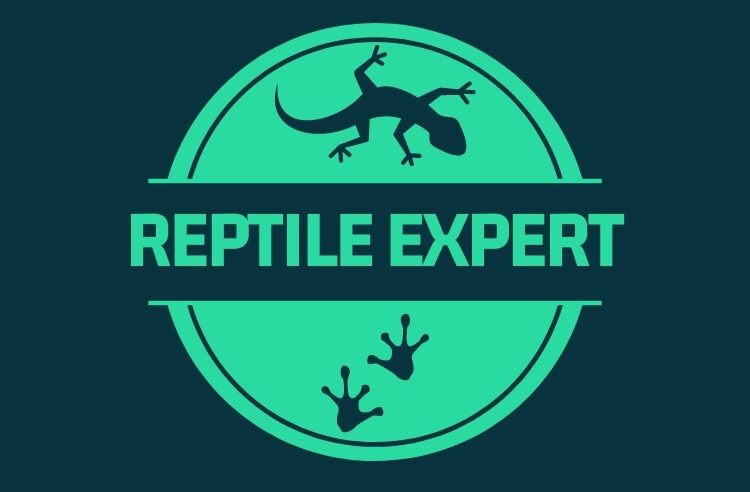About 25 miles south of the city of Chennai, nestling beside the Bay of Bengal, there lies a small patch of ground where you’ll find the highest number of crocodiles per square yard in India – and probably anywhere on the planet.
You’d be forgiven for thinking that most of the thousands of tourists that flock to the nearby ancient temple at Mahabalipuram would try to steer clear of this particular eight acres of land, but instead they choose to visit it in droves. It’s a good job that they do, since visitor money helps support one of the world’s most successful reptile conservation projects – the Madras Crocodile Bank Trust.
Starting back in the mid-1970s with just 30 adult Mugger Crocodiles (Crocodylus paluster), the project has successfully bred more than 5,000 youngsters to date, and the Muggers have been joined by specimens of 13 other crocodilian species. Today the grand total approaches 2,500 animals – all living in an area roughly the size of six football pitches!
Multiplying Muggers!
In many ways, the Mugger Crocodile is a perfect candidate for captive breeding, having a well-developed social order – remarkable in a reptile – and being particularly tolerant of living in close proximity with its fellows. In addition, a single male can easily mate with fifty or more females – which significantly reduces the demand for space.
The first breeding successes were groundbreaking at the time and the hatchlings were raised with almost reverential care; today, over 30 years later, the second and third generation of facility-bred Muggers are now distinguishing themselves as prolific breeders in their own right. With the Crocodile Bank’s Muggers demonstrating an otherwise un-documented ability to produce two clutches of eggs a year, their breeding programme has been described as something of an “embarrassing success.”
Captive-Breeding Crocodiles
Since those early days, the number of species – and the number of crocodiles – have grown a-pace at the Crocodile Bank. Morelet’s Crocodile (Crocodylus moreletii), Nile Crocodile (Crocodylus niloticus), Siamese Crocodile (Crocodylus siamensis), Spectacled Caiman, (Caiman crocodylus) and the American Alligator (Alligator mississippiensis) have all been bred successfully.
The offspring of the centre’s original pair of Saltwater Crocodiles (Crocodylus porosus) have themselves also been producing eggs since 1990, and a year earlier – in one of the most notable successes to date – the first Indian Gharials (Gavialis gangeticus) were bred. These animals, like the Siamese Crocodile which has also been bred here, are one of the five crocodilian species officially classified as “critically endangered.”
Reptile Conservation
When the Madras Crocodile Bank Trust was first founded back in 1976, its main focus was on conserving India’s three endangered crocodiles – the Gharial, the Mugger and the “Salty.” Ten years later, the original vision of Romulus Whitaker, its founder, had been extended to include the conservation of other native reptiles – and amphibians too. Currently, the facility also supports water monitors, five species of snakes and 12 endangered species of tortoises and terrapins.
Herpetological research and education also plays a major part in the work of the Trust. It’s a role that they take very seriously, with display enclosures which have been painstakingly designed to replicate their inhabitants’ natural habitat, playing a large part in both bringing in the tourists – and sending them away better informed.
The proof of the success of their approach clearly lies in their extraordinary track record of breeding. Aside of their self-confessed “embarrassment” at their success with Muggers, the Crocodile Bank has supplied a variety of zoos and institutions with crocodiles and their eggs, as well as various snakes and lizards, helping to safeguard the gene-pool and reducing the pressure on wild populations.
It’s been a pretty impressive first 30 years – and with staff from the centre advising the governments of many of India’s neighbour states on reptile management and conservation, it looks as if the future is going to be every bit as bright.
